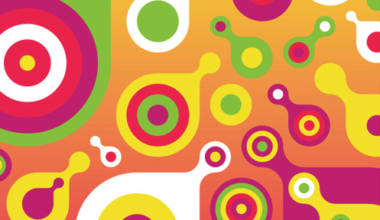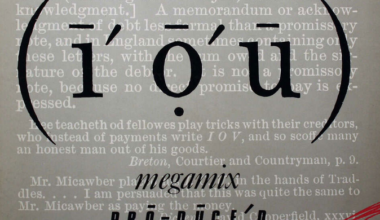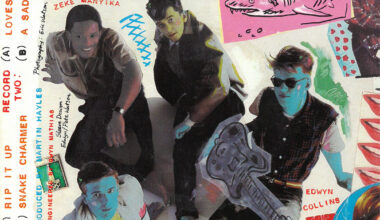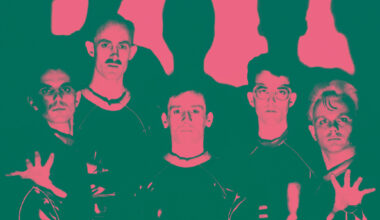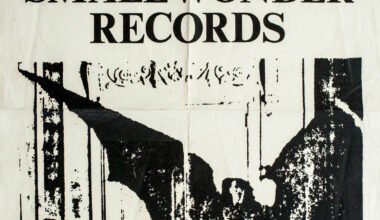Josh Wink talks use through the making of his floor-filling monster, ‘Higher State Of Consciousness’
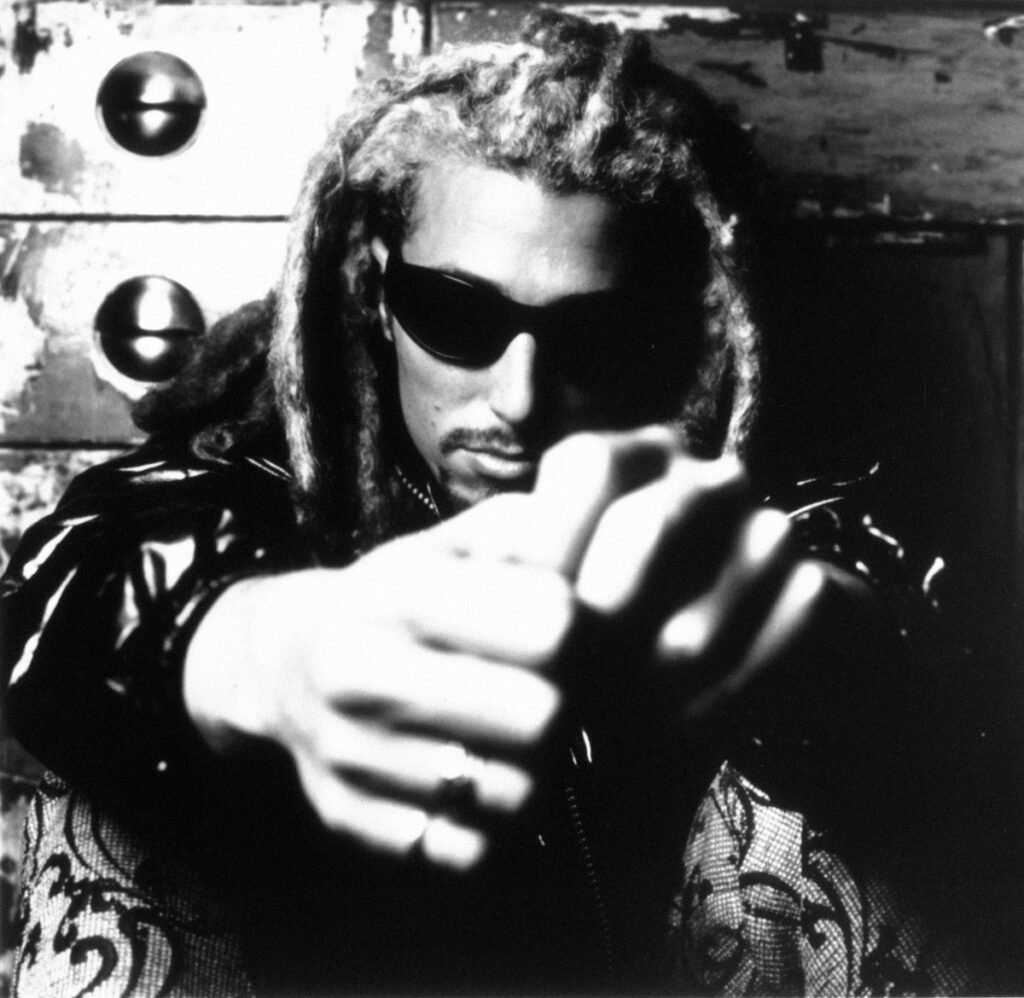
“I started DJing at 13 as an apprentice at a mobile DJ company in Philadelphia doing weddings and bar mitzvahs. I learnt about packing a car, how to plug in equipment, how to turn on the lights. I wasn’t DJing much at the time, it was more legwork. Then I grew into the responsibility of buying records for the company, but it still wasn’t much about turntablism, it was fade in and fade out, no beat mixing or scratching.
“I was also buying music myself independently: hip hop, new wave, slightly older Philly disco, mainly because disco had its peak in the 70s in Philadelphia. I was influenced by a lot of early hip hop and non-directly influenced by disco from the 70s and 80s.
“I also loved British synthwave bands like Depeche Mode, OMD and Section 25, and the house and acid house sound that came out of Chicago. A bit later I got into the hardcore sound, jungle, before it was even known as drum ‘n’ bass, and I became a collector of all the early 90s breakbeat and hardcore music.
“I got to the point where I was playing other people’s music, but I had all these ideas in my head, so I thought, ‘Why don’t I make my own music?’. I started buying equipment, drum machines, synthesisers, sequencers, and began teaching myself how to do that in my mid-to-late teens.
“All of my music up to ‘Higher State Of Consciousness’ had been tension-filled and most of my music is built on tension. Stuff that’s there, stuff that isn’t there, stuff that feels like it’s going to peak but it doesn’t – like sneezing or not sneezing. ‘Higher State…’ has that aspect of ‘When is it going to climax?’, then it does it too much! It’s a tension of opposites with the sound textures: smooth and suave and then gritty and raw.
“It originally came out in 1994 on a Strictly Rhythm compilation called ‘The Deep And Slow’, which was more of a downtempo, ambient compilation. The A&R suggested doing a remix of the track to help promote this album, which I was very excited about. There were three remixes, the ‘Tweekin’ Acid Funk’ mix is the one!
“It became big because collectors really had to hunt for it, it wasn’t the featured track and nobody thought it would do what it did. The people who cut the track in the manufacturing plant for Strictly Rhythm said they wanted me to go back and recut it as the highs were too high. And I said if it had to be redone then I didn’t want to release it. It wasn’t in the red and it didn’t have any digital clipping on it when I delivered it to the company. So through my persuasion it was released how it was. It was known to blow out rave soundsystems in the 90s.
“It wasn’t done for that reason. These days redder is better and everything’s put through a multi-brain compression to make it non-dynamic for headphone listening and sub-quality speaker listening. There was just this one sound that was really in your face and I thought it kinda had the punk rock attitude of a distorted guitar. I wasn’t going to compromise on how it was EQ’d.
“The original version was based around the Lyn Collins loop from ‘Think (About It)’, which has been used sped up on a lot of drum ‘n’ bass records. It’s really a combination of hardcore and acid house put together, using live 303, 808, 909 and an S950 sampler triggering a couple of samples and stabs from drum beats. I never thought that any of those tracks, produced in my bedroom on a 16-track studio mixer, would be played on the radio and go Top 10 in the UK charts.
“Monetarily speaking, it was pretty much the UK where it broke, whereas ‘Don’t Laugh’ or my tracks as Size 9 kind of broke on the underground scene in New York City. The only way electronic music made a dent in American culture in those days was if it was licensed to Pringles or a car ad or played at aerobics classes. That pissed me off. There’s something more to this music than aerobics. I could listen to it in record stores, but if you wanted to hear dance music on a soundsystem, you had to sneak into a club, which was hard when you were 17 or 18, so I became a bar-back, a bartender’s assistant, and started working in nightclubs just so I could hear this music.
“I’d see people acting like knuckleheads because of drugs and alcohol, I’d see people passed out in their own sick. I didn’t know about the drug culture that went hand in hand with nightclub culture. I just got involved in this music because of the way it made me feel. I like to drink, but I don’t get drunk. I don’t do drugs, I never have. I used to smoke every now and then, but it wasn’t a big part of my lifestyle.
“As for the title, my mother got involved in consciousness in yoga in the early 80s and it kind of made me to think differently and be more conscious of my being and how I lived and how I ate. I became a vegetarian in 1983, so through my mother I became a little more educated and conscious in the ways of being.
“The first time I met Fatboy Slim, he thanked me for the record, he said it helped open the doors for this sound to be accepted and played on the radio. Many of the songs from my back catalogue have touched people in so many ways and I’m blessed and happy to have had that opportunity. I’m very happy with all my music. You can get a tattoo and it can be removed. You can’t remove music from being released, so once it’s out there it’s out there. I’m very happy with my output… and the tattoos, and I’m happy to be a part of the story of electronic music.
“‘Higher State Of Consciousness’ crossed genres. You get someone as eclectic and mystical as Gilles Peterson liking the track, and then Carl Cox and Sven Väth will play it, and Louie Vega may play it, Fatboy Slim and The Chemical Brothers too… I like how it authentically crossed so many genres. Some of those tracks are part of the soundtracks of people’s lives, but it’s also like being Lynyrd Skynyrd and being asked to play ‘Free Bird’ all the time.”
For more see ovum-rec.com
